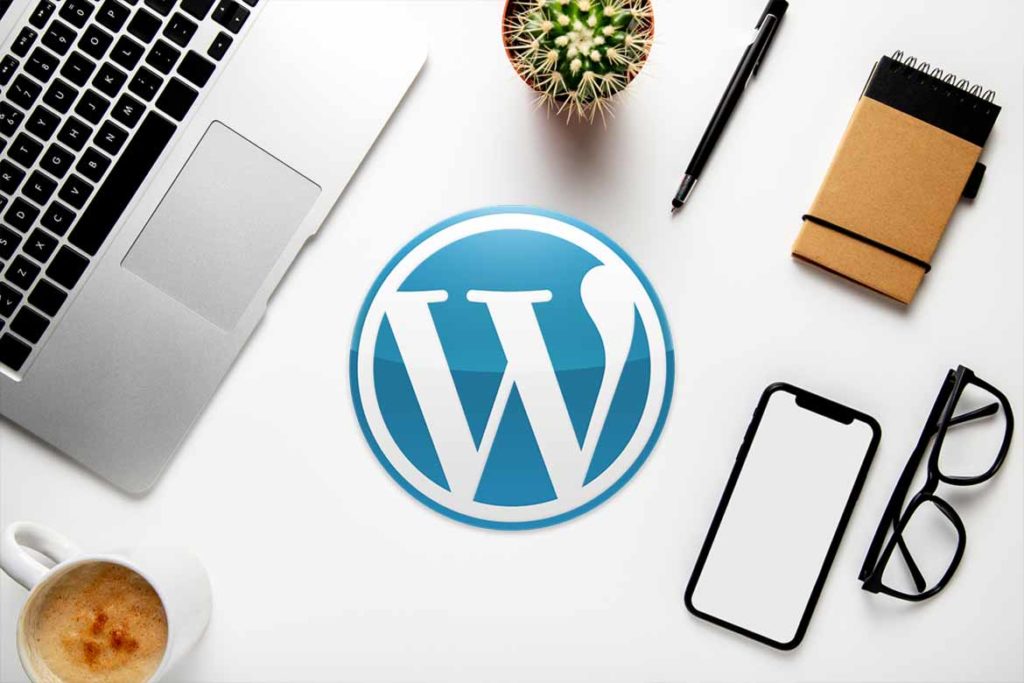WordPress is an inexpensive and accessible blogging solution that enables users to create their own personal blog accounts. Whether you are looking for a blog site for your start up business or are wondering if it’s time to upgrade your personal blog, WordPress is certainly the platform for you! Along with its affordable pricing, ease of use, and endless customization options, WordPress can be used by just about anyone in any industry. In this article I will go over some of the best steps on how to get started with WordPress so you can start your own successful blog.
Please note: this post does not teach all of the intricacies about WordPress. It merely covers how someone new could get started with a fresh account. If you are looking for more in-depth information, please see the WordPress Documentation or WordPress.org Documentation pages.
If you’re going to be blogging using WordPress, it’s probably a good idea to begin with a fresh account. With this kind of an account you will have complete start up control and not have any of the default widgets installed. For your fresh account, I would like to suggest the actual “WordPress starter” package which includes both WordPress and all the necessary plugins to get started blogging on your new site. If you already know how use wordpress and want just the basics, then you will be fine using self-hosted WordPress as well.
Let’s get started!
Before you get started, we will need to first make sure that your site meets the requirements needed to run WordPress. Before you install WordPress, please make sure that your web host meets these minimum requirements:
PHP Version 5.6 or Higher MySQL Version 5.5 or Higher Apache
If your hosting provider doesn’t have the latest versions of any of these, then it’s best to upgrade before you begin. If they do not meet these requirements for whatever reason, please ask them to upgrade so that it does and then try again. The easiest way for them to know what they need is if you point them at https://wordpress.org/about/requirements/.
Example of a WordPress hosting page
Once you have confirmed that your site meets the above requirements, we can install WordPress. In this example we will be using the WordPress starter package, so we will begin by downloading the package from WordPress.org. Once you have downloaded it, simply unzip it into the root of your web server (where your public html files are located).

From there, in order to install WordPress, go to the public folder where you unzipped the files and from there run the file “install”. If your web server is configured correctly it should run a windows installer. The installation process is automated and should take about 5-10 minutes to complete. At the end of the installation process, you will be prompted to enter in a username and password, then on the next page log into your dashboard. You can then activate your WordPress account by clicking “Activate” then “I accept” on the next page. The page then gives you a button at the top that says “Go to Dashboard”. Simply click that and you will end up at your new dashboard!
Your new install might look like this:
From here you can start customizing your WordPress site to fit your needs. There are plenty of great tutorials out there if you need help getting started. Here are a few resources that will help you:
How to add a site navigation menu at the top of your blog
Links to more useful resources:
WordPress Tutorials (WP.org) – search for “WordPress” in the category search box and it will list a bunch of useful tutorials and posts for beginners. I highly recommend this one because there are many step by step guides that explain how to use the various features effectively. http://www.wpbeginner.com/learn-wordpress/
WPBeginner Ultimate Beginner’s Guide – A good resource for more in-depth information about how to customize your blog and make it look exactly how you want it. http://www.wpbeginner.com/ultimate-guide-to-wordpress
Congratulations, you are now the proud owner of your own WordPress blog! If you have any questions, feel free to leave a comment or contact me via my site sutoriit.com
WordPress uses the PHP and MySQL programming language for developing a website platform where people can blog or write something on the website for their own purposes, like small business website, portfolio building site etc.
WordPress is the most popular blogging platform and it is also used by many other usages, as a business management, small business website for selling products or even a portfolio site for artists. WordPress work in order to get data from the database of MySQL. The only difference between WordPress and your normal website is that it has a similar database structure while it will look like an actual blog.
WordPress is now becoming very popular many people are using it as their main site, not only because of its professional look and easy customizing but also because of its large community support.
WordPress uses HTML for creating a blog but it will look like a normal website.
WordPress is compatible with most of the web browsers such as Chrome, Firefox and Safari. It also works in mobile devices such as Android and iOS.
Most the Professions or Businesses are using WordPress for their own site, they do not want to spend much time in learning how to customize their site. For that reason many of them are looking forward to get a WordPress Hosting so that they can have their own WordPress blog without making any configuration or customization on their own site.
